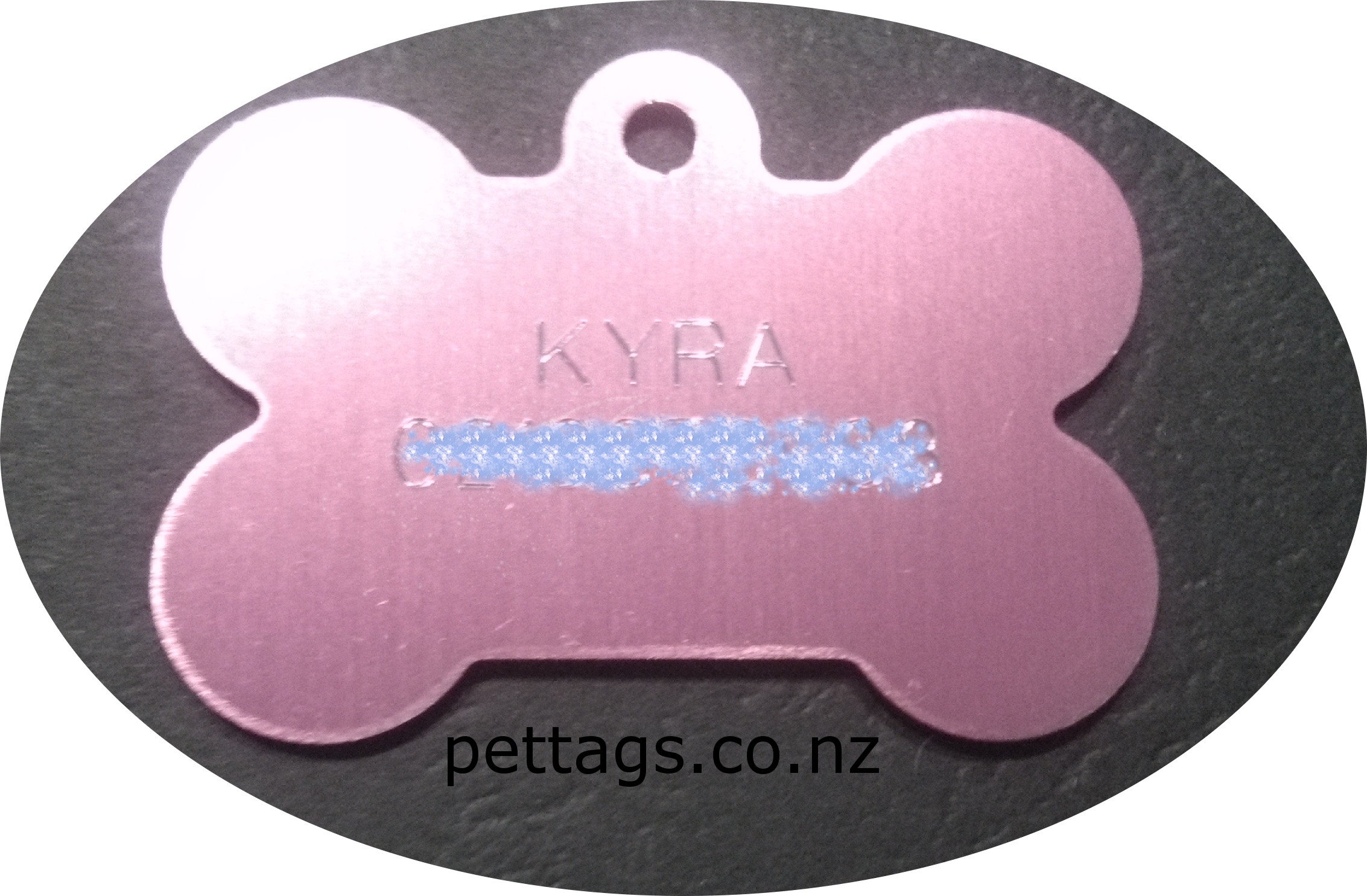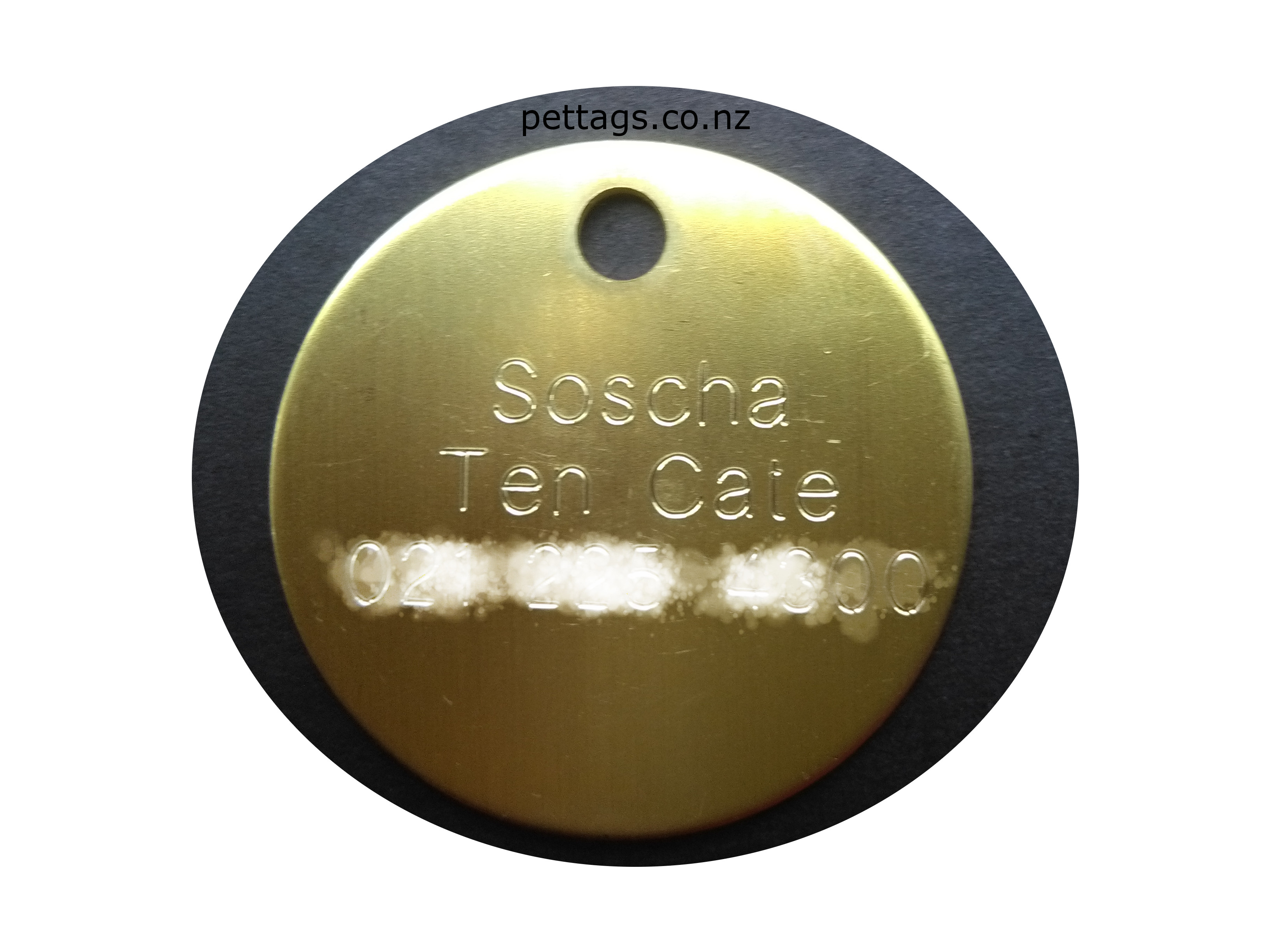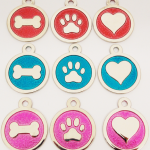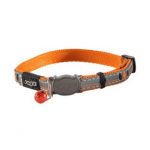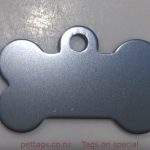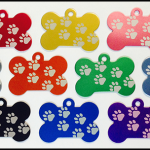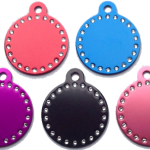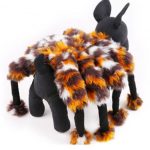The Unlikely Friendship Of A Dog And An Owl
Some friendships might seem unlikely, but sometimes they really do happen. Featured below are the photos of the unusual friendship between a shepherd dog Ingo and an owl Poldi. They both are members of Tanja Brandt’s family who is an incredible animal photographer.
D
Article source: sadanduseless dot com
What are the key symptoms of sepsis? The ‘silent killer’ that can cause death in minutes
Sepsis, known as the ‘silent killer’, strikes when an infection such as blood poisoning sparks a violent immune response in which the body attacks its own organs.
It is the leading cause of avoidable death, killing at least 44,000 a year.
If caught early, the infection can be controlled by antibiotics before the body goes into overdrive – ultimately leading to death within a matter of minutes.
But the early symptoms of sepsis can be easily confused with more mild conditions, meaning it can be difficult to diagnose.
A patient can rapidly deteriorate if sepsis is missed early on, so quick diagnosis and treatment is vital – yet this rarely happens.
In the early stages, sepsis can be mistaken for a chest infection, flu or upset stomach.

The six signs of something potentially deadly can be identified by the acronym ‘SEPSIS’:
- Slurred speech or confusion.
- Extreme shivering or muscle pain.
- Passing no urine in a day.
- Severe breathlessness.
- ‘I feel like I might die.’
- Skin that’s mottled or discoloured.
Anyone who develops any of these symptoms should seek medical help urgently — and ask doctors: ‘Could this be sepsis?’
Source: UK DailyMail
Psychiatrist, 50, loses both his legs, five fingers and part of his face – after contracting sepsis when his own dog scratched him
- Dr Jaco Nel was playing with his cocker spaniel when he sustained a minor cut
- He had been infected by a bacteria being carried inside the animal’s saliva
- Two week later, the psychiatrist fell ill with sepsis and was rushed to hospital
- Dr Nel ended up losing his legs, five fingers and part of his face due to the sepsis
A psychiatrist lost his legs, five fingers and was left disfigured after developing sepsis – from being scratched by his dog.
Dr Jaco Nel, 50, was playing with his cocker spaniel Harvey when noticed the tiny cut on his hand.
Unbeknown to Dr Nel, of Chorlton, Manchester, he had been infected by a bacteria being carried in his dog’s saliva.
Two weeks later he fell ill with Sepsis – a deadly illness which would cost him both his legs and all of the fingers on one hand.
Afflicted with gangrene, his face would never be the same again.
‘It was my own dog,’ said Dr Nel.

‘We had been playing a bit rough and he nicked my hand. It was tiny. I cleaned it and forgot about it.
‘It was never infected locally or anything like that.’
Dr Nel, a psychiatrist who specialises in treating patients with dementia, was at work around two weeks later when he developed flu-like symptoms.
He told his secretary to cancel all of his appointments and went home to bed.
‘I started to feel hot and cold. I was shivering yet I could not get warm.
‘My whole body was aching. I thought it was the flu so I went home to bed.
I texted my partner and said I had the flu and was going to bed.
‘The next day I was very ill and confused. I wasn’t able to ring work and that’s when my secretary started to worry.

‘I don’t even remember the phone ringing. When my partner Michael got home after work I couldn’t stand up, my hands didn’t work properly and I struggled to speak.
‘That’s when he called the paramedics and I was taken to hospital.’
The paramedics noticed Dr Nel had red blotches all over his skin – a symptom of Sepsis – and immediately started a course of antibiotics as they rushed him to hospital.
When they arrived at A&E, he collapsed and was taken straight to the intensive care unit where he was placed in an induced coma.
People who go into septic shock only have around a 20 per cent chance of survival.
The infection interferes with the body’s blood-clotting mechanism, with many smaller blood clots cutting off circulation to parts of the body and causing blood pressure to drop dangerously low.
In Dr Nel’s case, his kidneys started to fail and his legs started to turn black as gangrene set in.
‘I was lying there in hospital looking at my black, gangrenous legs and fingers. Looking down I knew I was going to lose everything. I could tell the tissue was dead.

‘Even though the doctors had played it down, I knew how severe it was.’
Four months after being admitted to hospital Dr Nel had both his legs amputated below the knee.
He lost all fingers on his right hand and one on his left hand, and needed reconstructive surgery on his face.
With the use of prosthetic legs, Dr Nel, now 52, has been able to learn to walk again and live independently.
But the facial disfigurement he has suffered has been difficult to come to terms with.
‘I am very reluctant to go out because I am so self-conscious,’ he says.
‘While it hasn’t stopped me completely from living independently, it has damaged my confidence.
‘The hardest part has been accepting that I am now disfigured and that there is nothing I can do about it.’
Doctors were initially baffled by what had caused the infection.
Three weeks later, blood tests revealed a bacteria that lives in a dog’s mouth.
It meant the couple’s cocker spaniel, Harvey, was carrying the harmful bacteria in his saliva.
The findings eventually led to Dr Nel and Michael making the difficult decision to have Harvey put down.
‘It was very sad but we were worried about the dog infecting someone else,’ says Dr Nel.
‘The dog doesn’t need to bite for that to happen. It can just be passed on through its saliva.
‘What if he had infected a child? It could have been terrible.
‘Luckily he was an older dog and was coming towards the end of his life.
‘There were times when I was very angry and I blamed him.
‘But it was still very sad for us. The bacteria was just bad luck.’
It is now 18 months since Dr Nel, who moved from South Africa in 2001, contracted Sepsis.
‘My friendships have become much stronger as a result of what happened to me’, he says.
‘To see how much my friends and family cared for me was a positive. I have realised I have a lot of inner strength because of what I have been through.
‘I think I have a lot more to give to my patients in terms of empathy and understanding. I know what it’s like to be close to death and to have a disability.
‘There’s something in me that I need to share and help people. I hope to eventually show people it is possible to overcome so much in life.’
Extended reading: Sepsis
Source: UK Dailymail
Dog dies next to his master’s grave after living there for 11 years

A loyal dog has been found dead next to his owner’s grave – having slept there every night for 11 years. Miguel Guzman’s family initially thought the German shepherd named Capitan had run away a few months after Mr Guzman’s death in 2006.
But months later, while visiting the cemetery in Cordoba, Argentina, the family found Capitan by his grave. They had no idea how the dog managed to find the cemetery where his master was buried. Fittingly, Capitan died next to Mr Guzman’s body in the Municipal Cemetery of Villa Carlos Paz, at the age of 15.

Four years ago, Capitan was taken for a check-up with a vet and was diagnosed with kidney failure. Vet Cristhian Sempels told reporters: ‘Unfortunately, his age and this condition (kidney failure) meant he could not hold on.
‘We could have admitted him to the vet, but only so that he could die in the veterinary surgery, so we preferred to leave him and attend to him in the cemetery, where he lived and felt calm.’
When he was found living there, the cemetery’s director Hector Baccega said: ‘The dog appeared here by itself, going around the whole cemetery until it arrived, by itself, at its owner’s grave. “Nobody had brought him here.”
Source:
Metro News
Do ferrets make a good pet?
Ferrets are the third most common “uncaged” pet in the United States behind dogs and cats. These members of the weasel family are lively, smart and affectionate. They can make excellent pets if you are willing to give them a great deal of care and attention.
Generally speaking, ferrets and very young children do not mix well, as ferrets have a tendency to bite if they are not handled gently. … Finally, ferrets can’t really be trusted with smaller pets such as mice, rats and even rabbits, if these pets are already part of your family then a ferret is probably not ideal.
Some Tags we recently Engraved
Sphynx cat
The Sphynx is a breed of cat known for its lack of coat (fur). The Sphynx was developed through selective breeding, starting in the 1960s. The skin should have the texture of chamois, as it has fine hairs. Whiskers may be present, either whole or broken, or may be totally absent. Their skin is the color that their fur would be, and all the usual cat markings (solid, point, van, tabby, tortie, etc.) may be found on Sphynx skin. Because they have no coat, they lose more body heat than coated cats. This makes them warm to the touch as well as heat-seeking.
A male purebred Sphynx in the “mink” pattern. Like a pointed cat, the mink pattern also exhibits darker points: the ears, tips of tail, feet and nose. However, whereas the pointed pattern is entirely colorless everywhere else on the body, the mink coloration has some color throughout the body and just slightly darker points in adulthood. The mink pattern can be combined with any color.
Breed standards
- Wedge-shaped heads with prominent cheekbones
- Large, lemon-shaped eyes
- Very large ears with no hair on inside, but soft down on outside base
- Well-muscled, powerful neck of medium length
- Medium length torso, barrel-chested, and full, round abdomen, sometimes called a pot belly
- Paw pads thicker than other cats, giving the appearance of walking on cushions
- Whiplike, tapering tail from body to tip, (sometimes with fur all over tail or a puff of fur on the tip, like a lion)
- Muscular body
From Wikipedia, the free encyclopedia
Here are a few facts about the fleshy feline.
1. THEY’RE FROM THE LAND OF ICE AND SNOW.
You’d think a cat whose ancestors come from the North Country would be equipped with a warm coat. But the modern-day Canadian Sphynx—the hairless breed we know in North America—has been defying expectations since the mid-1960s, when an Ontario cat gave birth to a hairless kitten, the result of a natural genetic mutation. Then, in the mid-1970s, two separate sets of hairless kittens were born to owners in Toronto and Minnesota. Thanks to various breeding efforts, their lineages resulted in the affectionate animal we love today.
Don’t think, though, that the Canadian Sphynx is the only hairless cat out there. Similar breeds exist, and look-alike felines have been reported in countries across the world. For instance, the Sphynx has a hairless doppelganger—the Donskoy—that’s actually a separate breed from Russia. While they look nearly identical, the Sphynx’s lack of long hair is thanks to a recessive gene, whereas the Donskoy’s hairlessness is the result of a dominant gene.
2. THEY’RE NOT ACTUALLY BALD.
At first glance, the Sphynx might look less like a feline and more like a naked mole rat. If you pet one, however, you’ll discover they’re not actually hairless. Sphynxes are covered with a fine layer of downy fuzz. While they’re not plush to the touch, their coats feel akin to suede.
3. THEY’RE PATTERNED AND COLORED.
Although Sphynxes are “naked” cats, their skin pigment can vary in color and pattern. From tortoiseshells to tabbies, you’re bound to find a Sphynx version of many longer-haired cats.
4. THEY’RE NOT HYPOALLERGENIC.
If you’re a cat-lover who’s allergic to your favorite animal, don’t shell out cash for a Sphynx kitten. Despite rumors to the contrary, the breed isn’t actually hypoallergenic. Sphynxes still produce Fel d1, the allergenic protein in cat saliva and skin secretions that causes your eyes to grow itchy and red.
5. THEY’RE WARMER THAN MOST OTHER CATS.
Four degrees warmer, in fact.
6. THEY NEED A WEEKLY BATH.
Think Sphynx kitties are super-clean because they don’t have fur? Think again. While your cat’s coat might not be a magnet for dust particles, pollen, and other substances, its skin still produces oil. For most cats, oil help keeps their fur sleek. But with Sphynx cats, it can form a greasy film over their bodies—meaning their owners must give them weekly baths. The same goes for the ears: Since there aren’t any hairs to block dirt or dead skin cells from accumulating inside the cavities, owners have to regularly wipe them down with a washcloth or cotton ball to keep ears clear.
7. THEY HAVE SENSITIVE SKIN.
Don’t slather sunscreen on your Sphynx every time it sits in a sunbeam—but do keep in mind that because it’s not covered in a dense coat, your cat’s skin is more sensitive than other felines. (And yes, they can get sunburnt.) They can get overheated or cold and, though they can go outside, they should be mostly indoor cats.
8. THEY’RE POPULAR …
While pet owners in America love furry cats like Exotic Shorthairs, Persians, and Maine Coons, Sphynxes are currently ranked the 8th most popular feline breed in the country, according to the Cat Fanciers’ Association registration statistics from 2014.
9. … AND FRIENDLY.
While they share a name with the Great Sphinx of Giza, Sphynx cats are nothing like the stoic statue. They’re sociable, loving, and playful animals—so much, in fact, that a recent study in the Journal of Veterinary Behavior ranked Sphynxes as the most affectionate cat breed.
Why are Sphynx cats so friendly? Experts have a few theories: It could be because they rely on humans to keep warm; because friendlier cats might be selected for breeding; or because breeders tend to leave Sphynx kittens with their mothers for longer periods of time.
10. THEY EAT A LOT.
Thanks to their fast metabolisms, Sphynx cats need more food than the average feline.
11. THE SPHYNX CATS THAT PLAYED MR. BIGGLESWORTH IN AUSTIN POWERS HAD PUNNY NAMES.
The main Mr. Bigglesworth, Ted Nudegent, was specially trained for the films, sitting still for up to 45 minutes at a time while actors screamed and actor Mike Myers petted him. “It helped that he had been a show cat and was used to having lots of people around,” animal trainer Tammy Maples told The Daily News. “And also that he just loved Mike Myers. Mike always took time to talk to Ted. It wasn’t just ‘sit down, roll cameras.'” And when the filmmakers needed a Bigglesworth kitten for The Spy Who Shagged Me, they used Mel Gibskin. Later, as a grown cat, Mel served as Ted’s double.
– See more at: http://mentalfloss.com/article/69740/11-not-so-fluffy-facts-about-sphynx-cats#sthash.Qo7b43BG.dpuf
purchase confirmation
Thank you for your payment. Your transaction has been completed, and a receipt for your purchase has been emailed to you. You may log into your account at www.paypal.com to view details of this transaction.
Please allow between 3-14 days for your item(s) to arrive. We had an extreme case with an order placed before the Anzac and Waitangi break and the original order took more than 15 days to get to the customer who lives in the same city, while the replacement we sent arrived a day before the original order. However this is very rare. Please do email us if your order fails to arrive within 14 days.
Please make sure you entered the correct address information, including unit number etc. and the spelling is correct, please notify us within 24 hours of your payment if you need to correct your address.
A flat fee of $10 will be charged if the ordered tag goes missing due to incorrect address or incorrect engraving information provided, and we will send the replacement tag through track and trace signature required courier post.
Any additional tags or other pet items will be charged at full retail value.
A Cat Named Bob
Bob starts squarely in Ken Loach territory. Early scenes flit between Bowen busking in the rain, trying to stay away from drugs (unfortunately not meow meow) and run-ins with his patient support worker Val. Once James is found accommodation — in an understated touch, the ex-homeless man sits on the floor, not the furniture — the story explores his relationship with animal activist neighbour Bettie, frosty encounters with his posh dad (Anthony Head) and his new-found friendship with an injured cat who does wonders for his busking.All this is predictable storytelling stuff — will Bettie discover James’ lies about being a user? Will James reunite with his estranged father? Will Bob go missing at the end of the second act? — but doesn’t establish enough conflicts, especially in the middle section, or hooks to engage.
Spottiswoode directed Tom Hanks-and-a-dog ‘classic’ Turner & Hooch so he has form in animal buddy comedy. Yet he never finds a tone that allows hard-hitting social drama (there is a death by drug overdose) and family film hijinks (a dog chases Bob through a crowded street). He also throws in a cat POV cam, replicating what Bob sees, that feels like a gimmick, adding nothing to our understanding of their relationship. Similarly, the screenplay doesn’t manage to find ways to electrify the drama in Bowen’s life. The key turning point of the drama — Bowen going cold turkey — is parlayed in a listless montage.
It’s a cute picture — you’ll lose count of the cutaways to Bob’s face — but not a cynical one. Treadaway’s Bowen is easy to like, Froggatt’s Val is a warm presence and it is suffused with a generosity of spirit towards the dispossessed. Yet given the elements, A Street Cat Named Bob should really hit harder.
A Street Cat Named Bob has its heart in the right place but doesn’t quite land on a tone to unite hard hitting drama and a cat-based comedy.
Common Sense Media
This is a sweet little film about serious issues. Treadway is believable as James, an addict who’s trying to get clean. He picks food out of trash cans and sleeps on the street — and even though he’s an excellent guitar player on the streets of London, he’s invisible. A Street Cat Named Bob brings up lots of issues that parents can talk about, including the hazards of homelessness and what can happen if you do drugs (one of James’ friends overdoses, and James is hospitalized and finds out he has hepatitis).
The music is good, and Treadaway is a compelling actor and singer. There a few jarring scenes when the camera shoots from Bob’s point of view and it almost feels like it’s going to become a talking animal movie, but it stays focused on James’ story. You end up rooting for him in the end and hoping that he’ll stay clean.
Empire
James (with Bob often on his shoulder) faces obstacles, including a negligent father (Anthony Head), street ruffians and methadone withdrawal (depicted in almost cursory fashion). But fortunately he has a mildly daffy neighbor, Belle (Ruta Gedmintas), to cook him a vegetarian supper. (They’re so simpatico that at one point she wears stylized cat ears.) A gently sparkling score, and folkish songs by Charlie Fink of the band Noah and the Whale, sung by the guileless, wide-eyed Mr. Treadaway, pluck the heartstrings. “Cat cam” sequences, showing Bob’s visual perspective, have a playful whimsy. Did I mention that it’s set largely over the holidays?
When an editor discovers James’s story, book buyers applaud the budding memoirist, and he regales an appreciative street audience with song. Thank heavens for Bob, whose steady gaze and cool composure are a welcome tonic to the surrounding sentimentality.
The NYTimes
Munchkin cat
The Munchkin is a relatively new breed of cat characterized by its very short legs, which are caused by a genetic mutation.
Scientific name: Felis catus
Origin: United States of America
Higher classification: Cat
Rank: Breed
Did you know: In 2014, Lilieput, a Munchkin cat from Napa, California, was named the shortest living cat in the world by Guinness World Records.
credit: wikipedia.org





